Catherine of Valois was born in Paris on the 27th October in 1401. She was the ninth child and the fifth daughter of King Charles VI of France and his queen, Isabella of Bavaria. Cathrine was born while France was in turmoil - the beginnings of a power struggle at home and the continuing conflict with the enemy over the sea, the English.
By the time Catherine was seven years old, English king Henry IV was looking for peace with France, he considered that a match between his son and a French princess would bring this about and therefore the subject was discussed on and off over the following years, eventually though Catherine was betrothed to the future Henry V.
"You have witchcraft in your lips, Kate: there is more eloquence in a sugar touch of them than in the tongues
of the French council, and they should sooner persuade Harry of England than a general petition of monarchs."
These sweet and seductive words to Catherine would succeed where seventy years of battling did not.
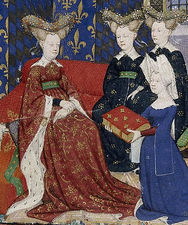
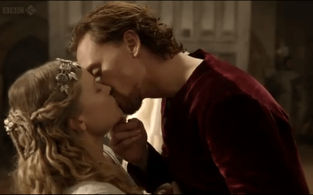
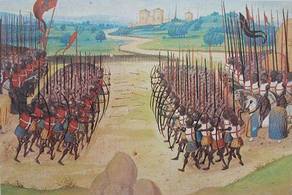

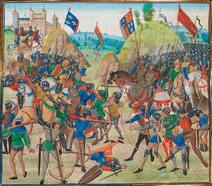
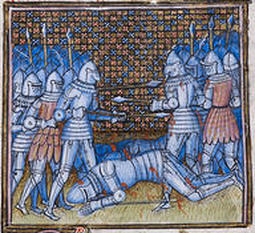
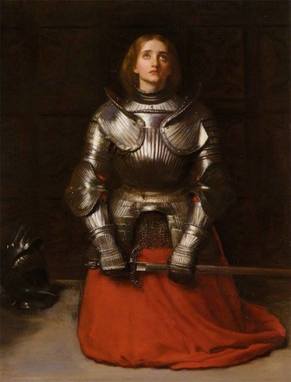

 RSS Feed
RSS Feed
